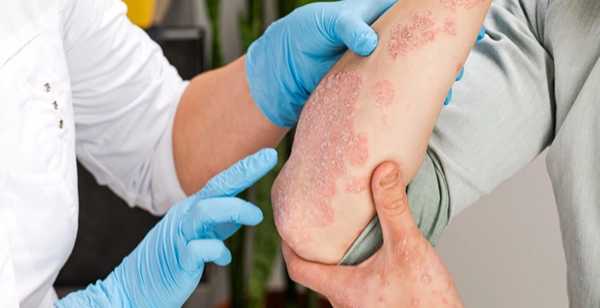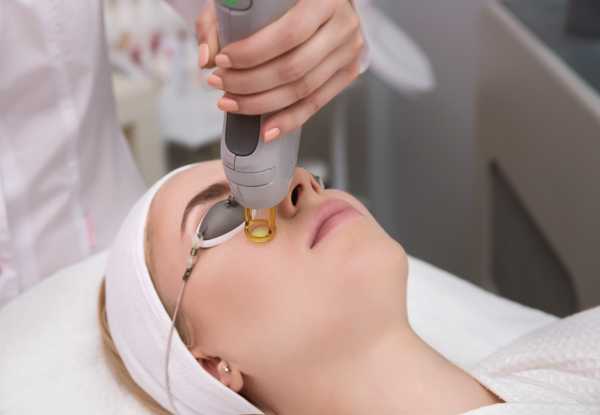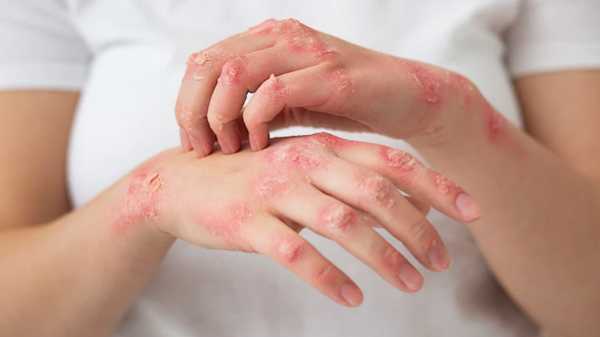Transform Your Skin with Expert Laser Treatment for the Face
Understanding Breast Cancer: Types, Symptoms, and Early Detection
Breast cancer is one of the most common cancers worldwide, affecting millions of women and, in rare cases, men. It begins when abnormal cells grow uncontrollably in the breast tissue, typically in the milk ducts or lobules, which are responsible for milk production and transport.
Breast cancer is one of the most common cancers worldwide, affecting millions of women and, in rare cases, men. It begins when abnormal cells grow uncontrollably in the breast tissue, typically in the milk ducts or lobules, which are responsible for milk production and transport.
Identifying the types and symptoms of breast cancer early can significantly improve treatment outcomes and survival rates. Here’s a closer look at the different types of breast cancer, warning signs, and the importance of early detection.

Types of Breast Cancer
Breast cancer is categorized based on how it develops and spreads. The most common types include:
1. Ductal Carcinoma
This type begins in the milk ducts and can either remain non-invasive (ductal carcinoma in situ, or DCIS) or become invasive, spreading to other breast tissues. Invasive ductal carcinoma (IDC) is the most common form of breast cancer.
2. Lobular Carcinoma
Lobular carcinoma originates in the lobules, the glands that produce breast milk. It can be in situ (LCIS), meaning it hasn’t spread, or invasive (ILC), where cancer spreads beyond the lobules.
3. Inflammatory Breast Cancer (IBC)
A rare but aggressive type, IBC does not form a lump like most breast cancers. Instead, cancer cells block the lymphatic vessels, causing swelling, redness, and tenderness in the breast.
4. Metastatic Breast Cancer (Stage IV)
This is the most advanced stage, where cancer cells spread beyond the breast to other organs such as the brain, bones, lungs, or liver.
5. Recurrent Breast Cancer
Some patients experience breast cancer recurrence after initial treatment. It may return in the same location (local recurrence) or spread to other areas (distant recurrence).
What is HER2-Positive Breast Cancer?
HER2 (Human Epidermal Growth Factor Receptor 2) is a protein that promotes cell growth. In some cases, HER2-positive breast cancer occurs when this protein is overproduced, leading to rapid and uncontrolled cancer cell division.
HER2-positive breast cancer tends to be more aggressive but is treatable with targeted therapies such as HER2 inhibitors, which block the protein and stop cancer growth.
Common Symptoms of Breast Cancer
Breast cancer symptoms vary from person to person, and some may not experience noticeable changes. However, recognizing early warning signs increases the chance of successful treatment.
Signs to Watch For:
✔ Lumps or Thickening: A hard, painless lump in the breast or underarm that doesn’t go away.
✔ Breast Swelling: Part or all of the breast may appear swollen even without a lump.
✔ Breast Pain: Persistent pain or discomfort, although most breast cancers are not painful in the early stages.
✔ Nipple Discharge: Unexpected fluid leakage, especially if it’s bloody or clear, from one or both nipples.
✔ Inverted Nipples: Sudden inward turning of the nipple when it was previously normal.
✔ Changes in Skin Texture: Scaly, red, or thickened breast skin (peau d’orange) may indicate an underlying issue.
✔ Persistent Rash or Itching: Unusual irritation around the nipple or areola that does not go away.
✔ Changes in Breast Size or Shape: Unexplained shrinkage or swelling, especially if it affects only one breast.
✔ Enlarged Pores: A change in the skin texture resembling an orange peel can be a sign of IBC.
While these symptoms do not always mean breast cancer, it is crucial to seek medical evaluation if you notice any unusual breast changes.
Why Early Detection Matters
Early diagnosis is the key to successful breast cancer treatment. When detected in its early stages, breast cancer is highly treatable, with survival rates significantly improving.
Screening Methods for Early Detection:
✔ Self-Breast Exams: Regularly check for lumps or unusual changes in the breast and underarm area.
✔ Clinical Breast Exams: Healthcare professionals can detect abnormalities that may not be noticeable at home.
✔ Mammograms: A low-dose X-ray of the breast that can detect cancer before symptoms appear.
✔ Ultrasound & MRI: Used for further evaluation if abnormalities are found on a mammogram.
✔ Biopsy: If suspicious tissue is found, a small sample is removed for cancer testing.
When to See a Doctor
If you experience any of the symptoms listed above, consult a healthcare provider as soon as possible. While many breast changes are non-cancerous, a professional evaluation is necessary to rule out serious conditions.
Remember: Breast cancer does not always present noticeable symptoms, which is why regular check-ups and screenings are essential.
Final Thoughts: Stay Informed, Stay Aware
Breast cancer is a life-altering disease, but early detection, awareness, and treatment advancements have improved survival rates. Being proactive about breast health—through self-exams, screenings, and lifestyle choices—can make a significant difference.
If you or someone you know experiences symptoms, don’t wait—seek medical advice immediately. Knowledge and early action save lives.










